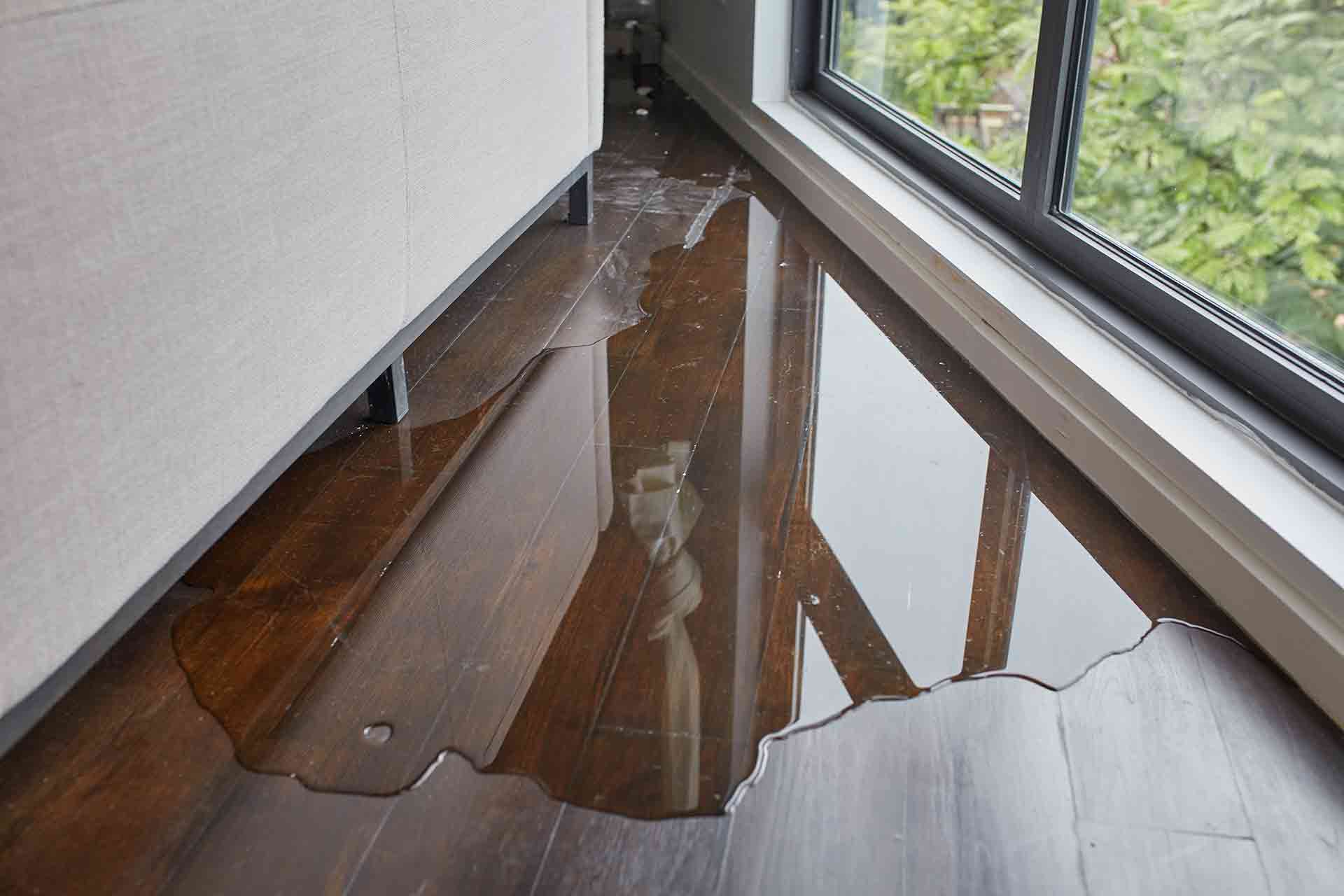Just How to Avoid Water Damage in Your Bathroom
Just How to Avoid Water Damage in Your Bathroom
Blog Article
Right here below you will find lots of incredibly good ideas regarding How to Fix a Water Damage Bathroom.

The washroom is very vulnerable for damp build-up and also potential water damages due to the regular use water in it. This write-up offers basic assessment methods to aid discovering water damages dangers.
The constant use of water in the restroom makes it very susceptible for wet build-up as well as potential water damages. By examining it frequently, you can reduce water associated damages.
The complying with set of assessments is very easy to perform as well as need to be done once in every 3 months in order to maintain your washroom healthy as well as to stop possible water damages brought on by the bath tub, the shower, pipe joints and also plumbing, sinks, cabinets, and the bathroom
Do not neglect carrying out these evaluations as well as be complete while executing them. Bear in mind that these easy evaluations can conserve you a great deal of money by giving early indicators for water damages
Sinks as well as Cabinets
Sinks as well as cabinets are revealed to moisture and humidity day-to-day and also are often neglected. Evaluate routinely under the sink and on the countertop above it. Repair any drip in the trap as it might recommend drain issues. Browse the sink, slow draining pipelines might indicate an obstructed drainpipe. Replace sink seals if they are split or loosened.
Tub and Shower
The shower and bath tub require unique interest and maintenance. Check the tiles and also change if fractured. Make certain that there is no missing grout between the floor tiles. Evaluate and change cracked caulking at joints where the wall surfaces meet the floor or the bathtub. Obstructed drains as well as pipes troubles will protect against the bathtub from drying as well as might indicate major troubles beneath the bathtub. Talk to a professional right away to stop structural damage. Focus on stainings or soft areas around the tub wall surfaces as they may indicate an internal leak.
Plumbing
Signs for water damages are tough to identify since a lot of pipes are mounted inside the walls.
Pay unique focus to flooring as well as walls wetness and also discolorations as they may show an invisible plumbing issue. Examine moisture degrees in adjacent rooms also.
The Commode
The toilet is a prone water joint. Check the water lines as well as look for leaks around the bathroom seat, in the pipe, and under the water storage tank. If you identify any indications of wetness on the flooring around the toilet, check for leakages in the toilet rim and also tank seals.
Understand that hanging bathroom dish antiperspirants increases the possibilities for blockages.
Water Damage Signs In The Bathroom To Avoid Cleanup
Musty smell
This is one of the easiest signs to catch because musty smells are so odorous. The damp, earthy, moldy smell should be a big red flag. The smell will develop when moisture gets trapped in surfaces, and begins to facilitate mold growth. Leaking pipes under cabinets, inside walls, and behind shower fixtures will cause moisture to stay trapped and not dry, which will lead to mold growth and spread. As soon as you notice any musty smells in your bathroom, have it checked for hidden water damage and cleanup signs.
Visible mold
If the smell isn’t there to give it away, sometimes you will actually see mold growth. Finding mold in your bathroom is a serious problem, because mold is very harmful to your health. By the time mold growth is visible, it also means that water damage has already occurred and been present for some time. The only way the mold problem can be resolved is to find the source of the moisture and get it stopped. To safely and adequately remove mold, you need to have professionals handle the remediation. Do not waste any time in getting mold problems addressed, fixed, and sanitized so that you can protect you and your family from the many respiratory symptoms caused by mold exposure.
Damaged floors
Bathroom floors should be able to withstand some exposure to water while still remaining in good condition. However, when excess exposure or water leaks occur, they will begin to damage even the most water-resistant flooring. If you notice any cracking, bubbling, staining, or warping on your bathroom floors, there is probably a water leak somewhere causing the distortion. If you notice areas of the floor have become softer, or even have a spongy feeling, there is probably damage to the subfloor. Subflooring is typically made up of plywood. When plywood is exposed to water or moisture, it will absorb it. Once it has become saturated, the weight of the excess water will cause the wood to swell and soften. Check the floors in your bathroom frequently to catch any of these sings before they lead to damaged subflooring.
Changes on walls
When water leaks behind walls, it will cause changes in the drywall. Peeling plaster, blistering paint, and soggy wallpaper are all good indicators that excess water is building up behind the wall. Water leaking behind drywall will cause it to swell and be soft to the tough. If you start to notice gaps along the trim of your walls, or where tile meets the wall, it could also be a strong indicator that there is a leak behind the wall. Any changes, distortion, or damage on the walls should be evaluated as soon as you notice it to prevent further water damage and cleanup.

I stumbled upon that entry on How to Fix a Water Damage Bathroom when exploring the web. Loved our blog posting? Please share it. Let someone else discover it. Many thanks for taking the time to read it.
View Report this page